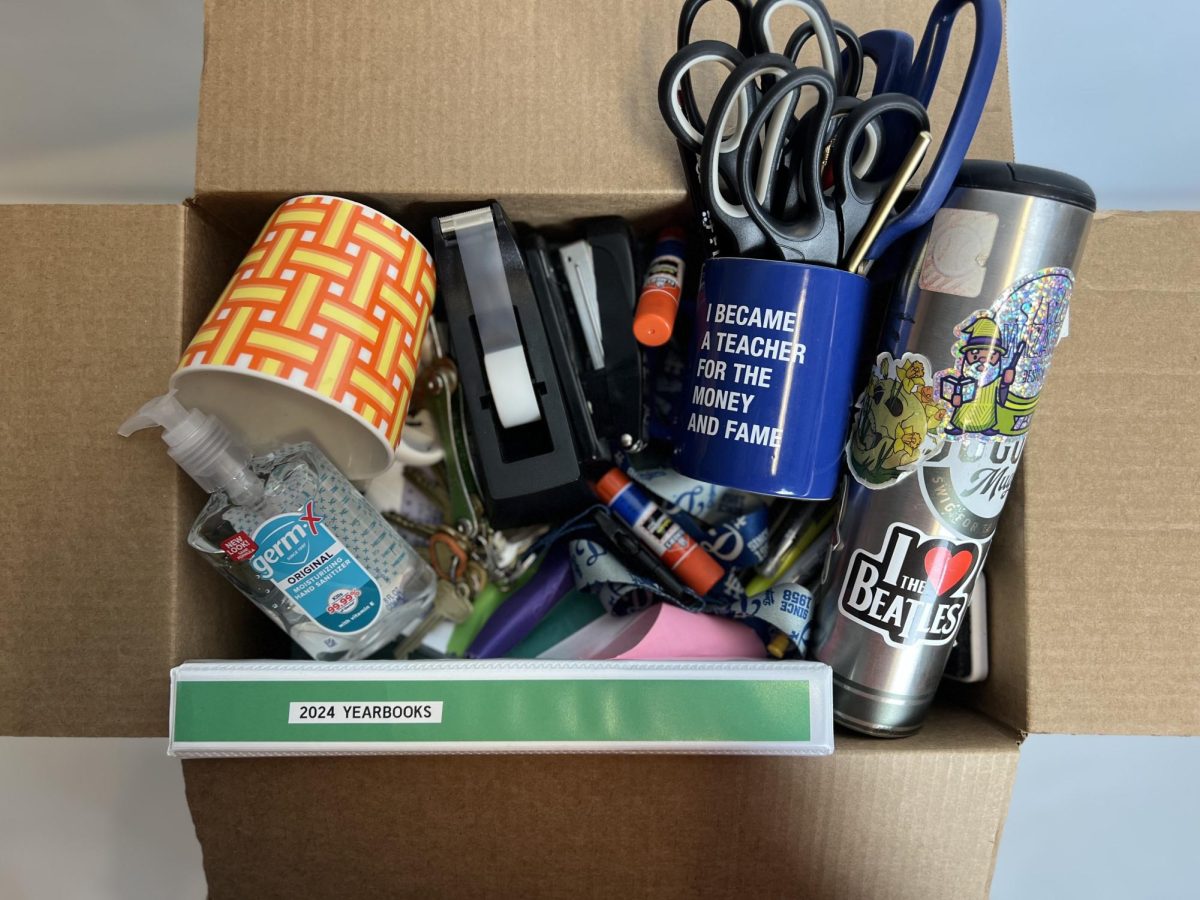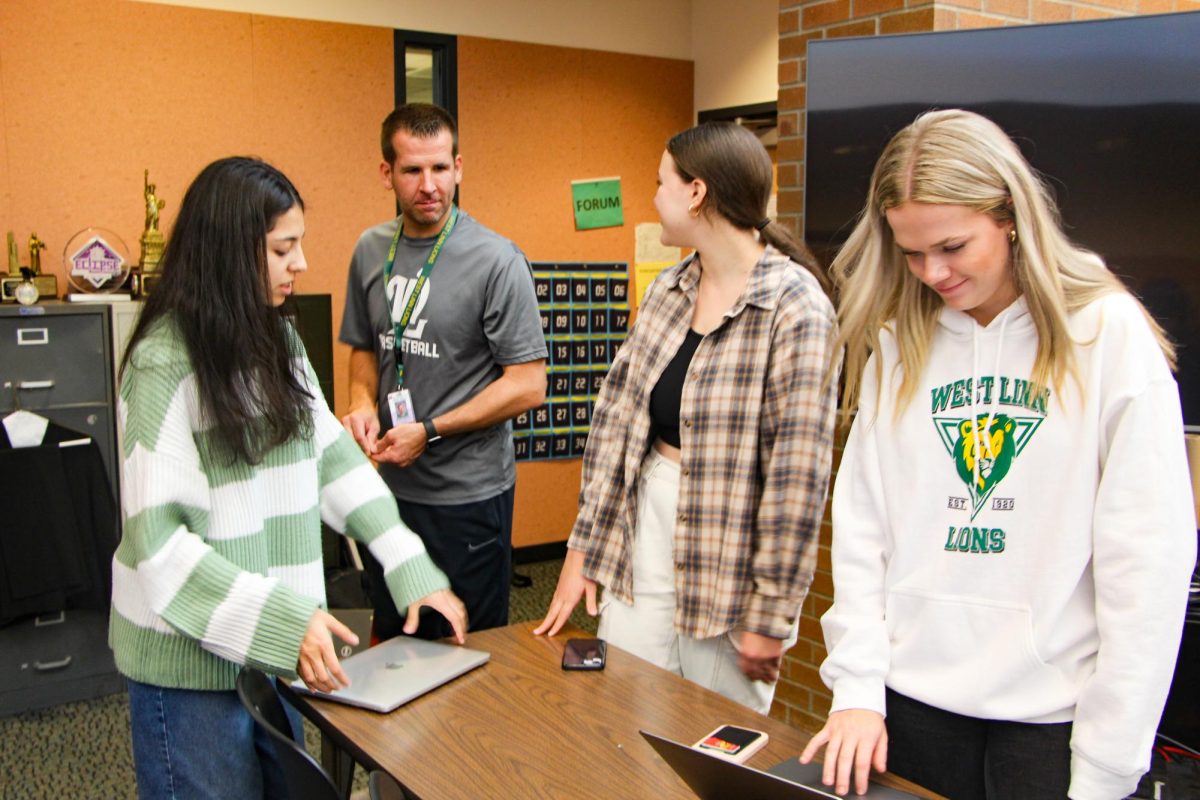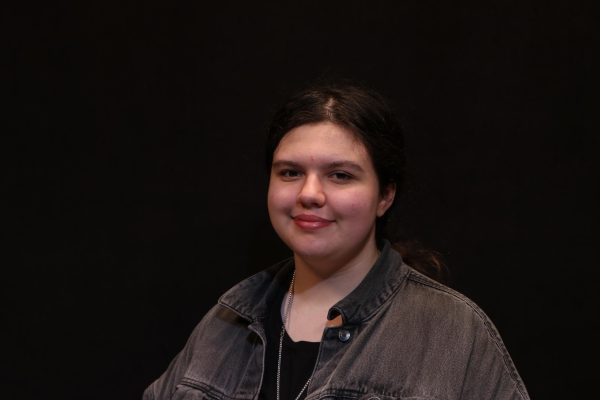According to the Community Blood Center, someone in the U.S. is in need of blood or platelets every two seconds. On Sept. 11, the American Red Cross announced that there is currently a blood shortage. This means the distribution needs of hospitals are currently more than the donations that are being collected.
The Red Cross is responsible for collecting just around 40% of America’s blood donations, making them the largest distributors of blood in America, and they are the only national network of blood centers. The Red Cross says there are several different reasons for the current blood shortage, including low donor turnout and climate crises.
Blood supply can be disrupted by natural disasters. According to the Washington Post, more than 700 units of blood were left uncollected and thus went unused because of Hurricane Idalia in August. Natural disasters can also make it harder to organize and enact blood drives.
High school and college students used to make up around 25% of blood donations before COVID-19. In the U.S., around 4% of people donate blood, but 64% of people are able to donate blood. Certain medical conditions like anemia and high blood pressure can prevent one from donating. People who have participated in activities that could increase the risk of HIV or AIDS like using non-prescription intravenous drugs or having gotten a tattoo by a non-state-regulated entity may also be disqualified.
Students can help with blood shortages by donating blood or by joining their school’s chapter of the Red Cross Club. The Red Cross has hundreds of chapters of Red Cross Clubs, including West Linn High School’s. Beatrice Gilroy and Caroline Nielson, seniors, are the Red Cross Club co-presidents.
“I would say our main thing that we do is run blood drives,” Gilroy said.“We do a lot of coordination with the regional managers of the Red Cross, but as a club as a whole we really try to recruit people to donate blood.”
In addition to helping organize blood drives, they also educate students on what to do in times of disaster.
“The other main thing we do is educate others on awareness, humanitarian aid, and disaster preparedness,” Nielson said. “All these different skills and tools that students, families, and everybody can use to stay safe and be more aware. Our main goal is to support as many people as we can. Whether that means showing up to volunteer at blood drives or recruiting donors or doing phone banking, all of these things kind of come together as a goal to help save lives.”
In Oregon, a donator must be at least 16 years old, and meet both height and weight requirements. Certain medical conditions may also make it unsafe for someone to donate blood.
“The main thing for high schoolers is you have to be 16 [years old], and if you’re exactly 16 you have to get a parental consent form signed,” Gilroy said.
The last blood drive was on September 26, and the Red Cross Club is organizing another drive this October.
“Our next blood drive is actually a two-day blood drive,” Gilroy said. “So it’ll be October 26 and 27. It’s going to be a little farther off campus at the Marylhurst campus. It’s open to any community member. We’re asking donors to recruit friends, family, neighbors, and teachers.”
The next blood drive has the potential to collect more blood than usual.
“Something really special about this drive is we have so many openings for blood donors, since it’s a two-day drive and it lasts a lot longer than our one-day drive,” Nielson said. “So being able to recruit more people and getting a lot more pints of blood is really good. It’s really important to, even if you can’t donate yourself, to put yourself out there and ask people if they can donate yourself to like put yourself out there and ask people if they can donate blood because even if you can’t, they can. So just being able to spread the word about blood drives that you know about.”
Anyone can join the Red Cross Club. Even if they can’t donate blood, they can still join the club.
“Even if you know you can’t donate, that doesn’t mean you can’t be a part of our club,” Gilroy said. “We would love to have you. And if you’re a part of our club, it’s a really easy way to start recruiting donors for the first time.
Those who feel squeamish around needles, blood, or things like that shouldn’t be discouraged from joining.
“I think another misconception is like if you’re afraid of needles, that you shouldn’t be a part of the club, but there’s no interaction with any rules or anything like that,” Nielson said. “So definitely if you’re not into blood, needles, or medical [things] like that, no need to worry you can still be a part of the drive.”
Information about how to join the Red Cross Club can be found on their Instagram, @wlhs_redcrossclub. Information on blood drives and requirements for donating blood can be found on the Red Cross’s website.


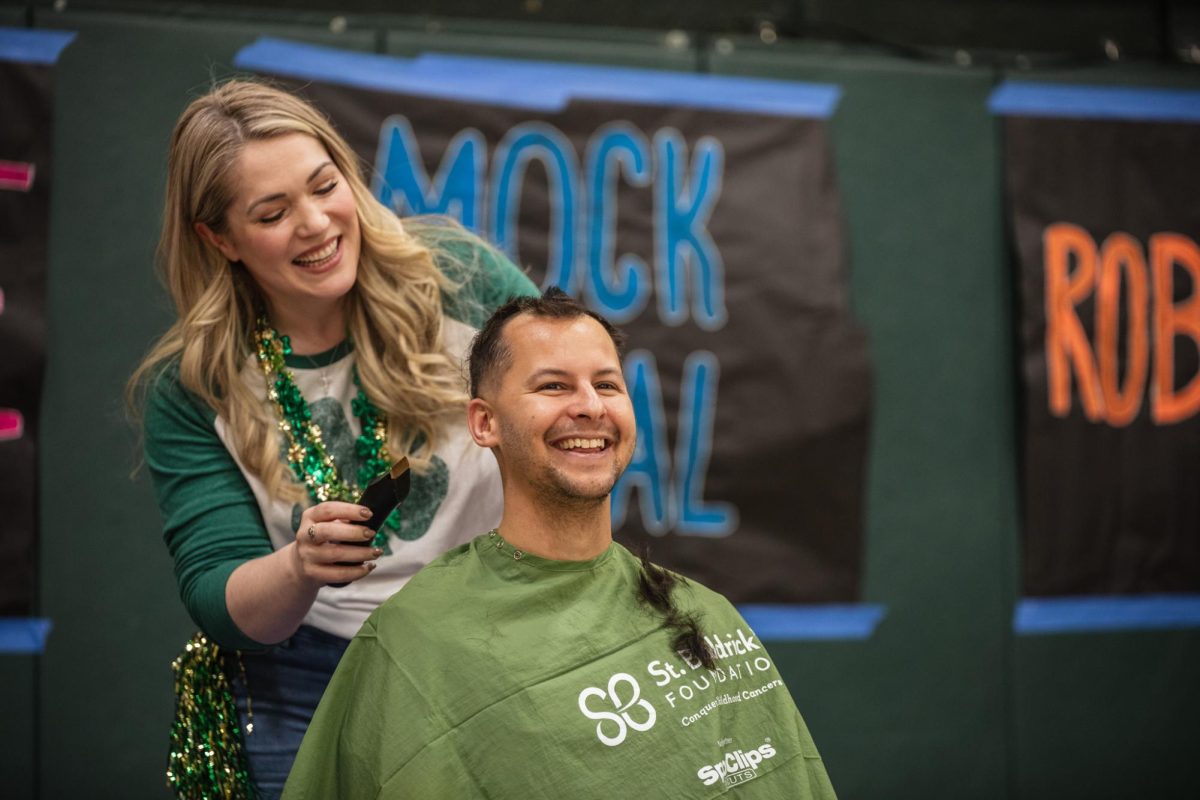
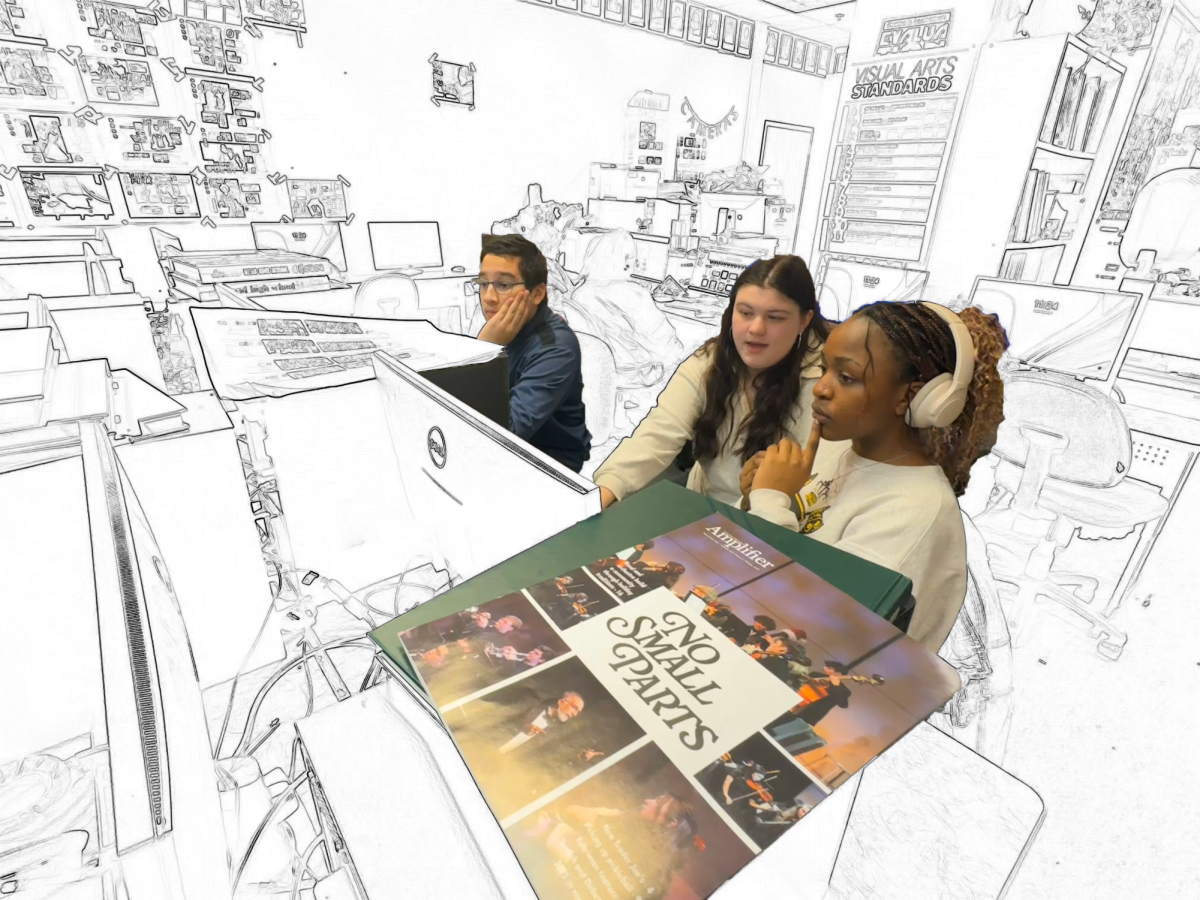


![Reaching out. Christopher Lesh, student at Central Catholic High School, serves ice cream during the event on March 2, 2025, at the Portland waterfront. Central Catholic was just one of the schools that sent student volunteers out to cook, prepare, dish, and serve food. Interact club’s co-president Rachel Gerber, junior, plated the food during the event. “I like how direct the contact is,” Gerber said. “You’re there [and] you’re just doing something good. It’s simple, it’s easy, you can feel good about it.”](https://wlhsnow.com/wp-content/uploads/2025/03/interact-1-edited-1200x744.jpg)





































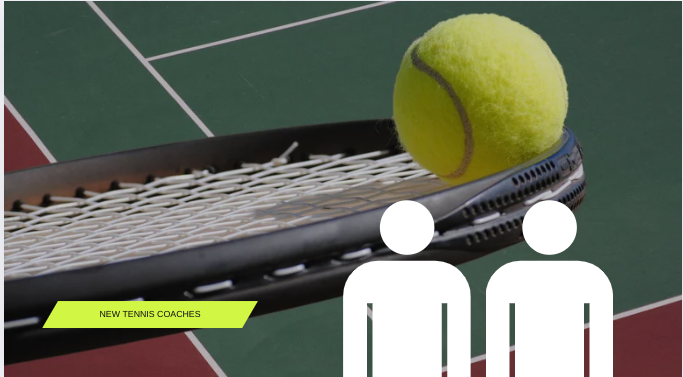
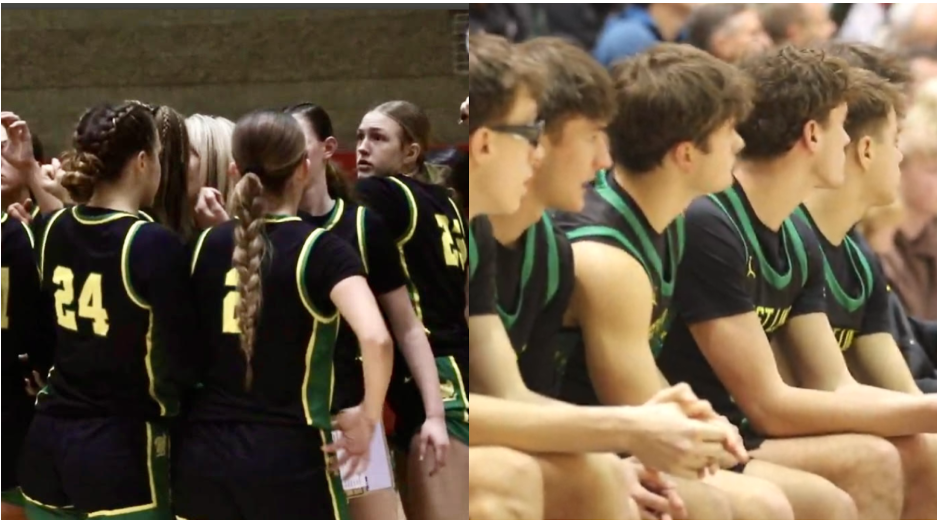













![At the bottom of the third inning, the Lions are still scoreless. Rowe stands at home plate, preparing to bat, while Vandenbrink stands off to the side as the next batter up. Despite having the bases loaded, the team was unable to score any runs. “It’s just the beginning of the season. We’re just going to be playing out best by June, [and] that’s where champions are,” Rowe said.](https://wlhsnow.com/wp-content/uploads/2024/03/IMG_3077-1200x900.jpg)


































